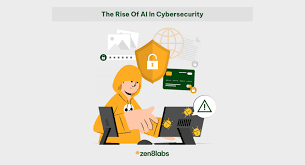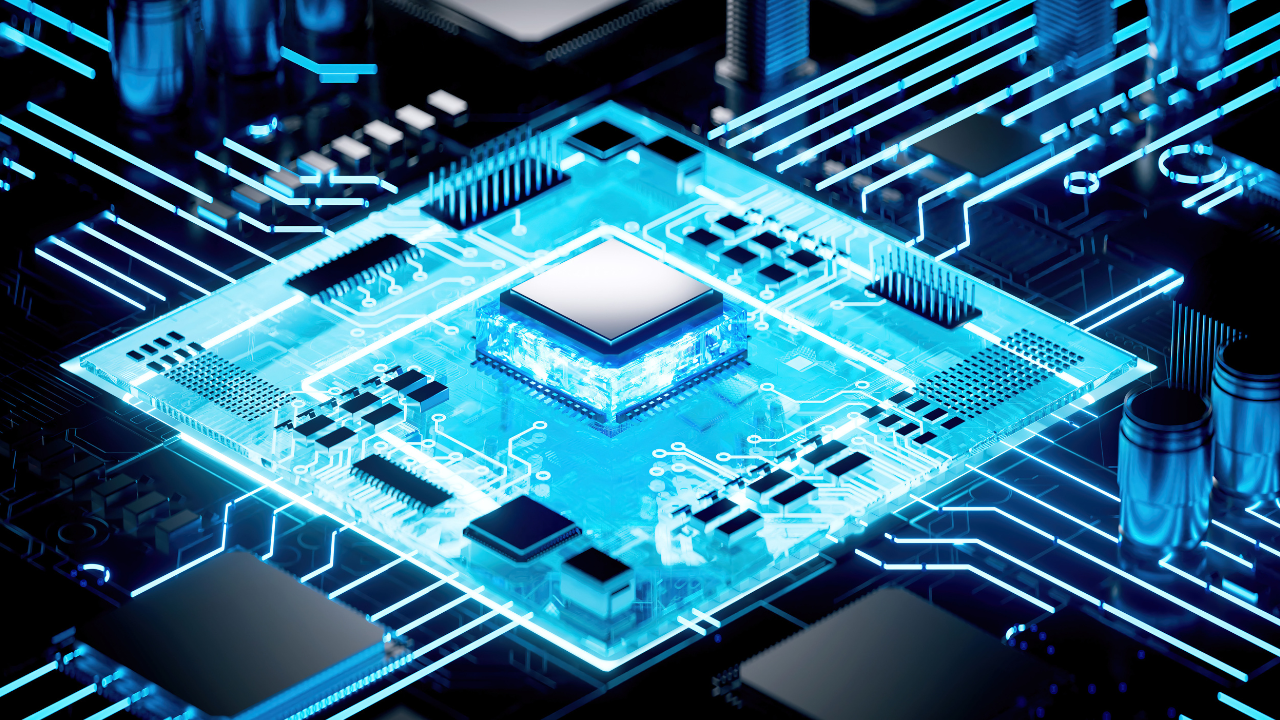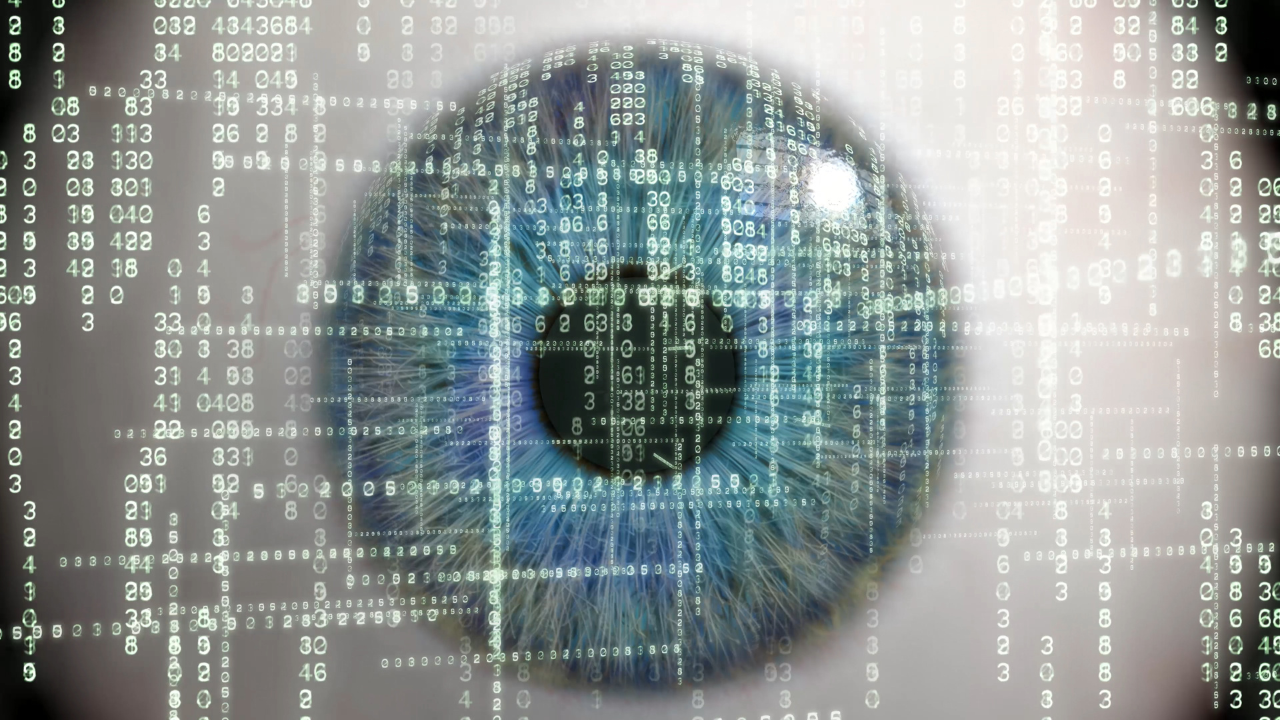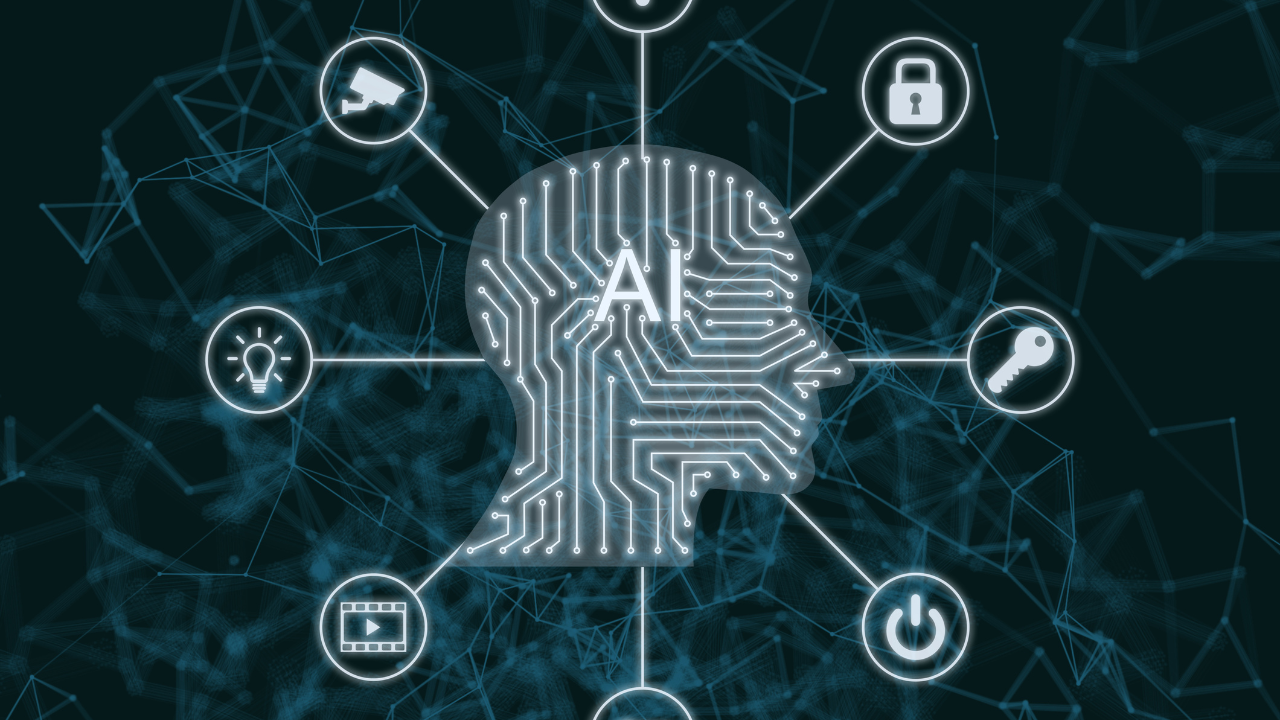



Absolutely! Here's a well-structured and engaging article on:
In a world where digital threats evolve faster than ever, artificial intelligence (AI) is emerging as both a game-changer and a challenge in the field of cybersecurity. From detecting threats in real time to automating responses, AI offers powerful tools for defenders — but it’s also being exploited by cybercriminals. Let's break it down.
Artificial Intelligence in cybersecurity refers to machine learning models, natural language processing, and automation tools that can identify, analyze, and respond to cyber threats with minimal human intervention.
Instead of waiting for a breach, AI tools can predict and prevent attacks by learning from patterns of normal and abnormal behavior.
AI can analyze thousands of events per second, spotting threats in real time — something humans alone can't do efficiently.
Traditional antivirus software relies on known signatures. AI can detect zero-day threats and polymorphic malware by analyzing behavior, not just code.
AI can automatically quarantine infected files, shut down compromised systems, or alert administrators — all in milliseconds.
AI tools help in processing massive amounts of log data to identify subtle anomalies that might indicate a breach.
Used heavily in finance and e-commerce, AI flags suspicious transactions and unusual user behavior almost instantly.
Machine learning models can forecast possible future attacks based on historical data, helping in proactive defense planning.
Hackers are now using AI to craft more sophisticated phishing attacks, deepfakes, and even malware that adapts on the fly.
If attackers manipulate the data used to train AI models, the system may start making flawed decisions — opening new vulnerabilities.
Cybercriminals use techniques to trick AI systems into misidentifying threats or missing them altogether.
AI systems collect and analyze vast amounts of data, raising concerns over data privacy, especially if mishandled.
Too much trust in AI might lead to blind spots. Some critical decisions still need human judgment, especially in ambiguous scenarios.
Darktrace uses AI to detect anomalies in networks and stop threats autonomously.
IBM’s Watson for Cybersecurity helps analysts by interpreting vast data and suggesting responses.
ChatGPT-style bots have been tested for both defensive tasks and malicious purposes like phishing content generation.
The future will likely see more AI-human collaboration, with AI handling repetitive detection tasks and humans focusing on strategic decision-making. Expect further integration of AI into cloud security, IoT defenses, and threat intelligence platforms.
AI is revolutionizing cybersecurity, offering speed and scale like never before. But with great power comes great responsibility — and risk. As defenders leverage AI to protect systems, attackers are getting smarter too. Staying ahead will require a balance of technology, ethics, and continuous human learning.
Want to learn more? Dive into hands-on AI security tools, or explore cybersecurity courses on MyEduGoal to future-proof your skills!
Would you like this turned into a downloadable PDF, blog post, or slide deck for teaching or presentation?
#trending #latest

University Internships That Help You Get a Job After Graduation... Read More.

Is It Smarter to Start at a Community College... Read More.
 Fake posts hit Czech PM Fiala's X
Fake posts hit Czech PM Fiala's X
Fake posts disrupt Czech PM Fiala's X account security
 Switzerland Tightens Export Rules
Switzerland Tightens Export Rules
Switzerland expands export controls on dual-use goods
 Google unveils Ironwood AI chip
Google unveils Ironwood AI chip
Google introduces Ironwood chip to accelerate AI tasks & apps
 TSMC Q1 revenue up 42%
TSMC Q1 revenue up 42%
TSMC sees 42% revenue surge in Q1, surpassing forecasts
 Amazon CEO Outlines AI Vision
Amazon CEO Outlines AI Vision
Amazon CEO reveals AI investment plans in new letter
 Osaka Hosts World Expo 2025
Osaka Hosts World Expo 2025
Japan blends tech and culture at Osaka Expo 2025 launch
 A16z Plans Big Bet on AI Startup
A16z Plans Big Bet on AI Startup
A16z may lead huge round in ex-OpenAI CTO’s new AI firm.
© MyEduGoal. All Rights Reserved. Design by markaziasolutions.com